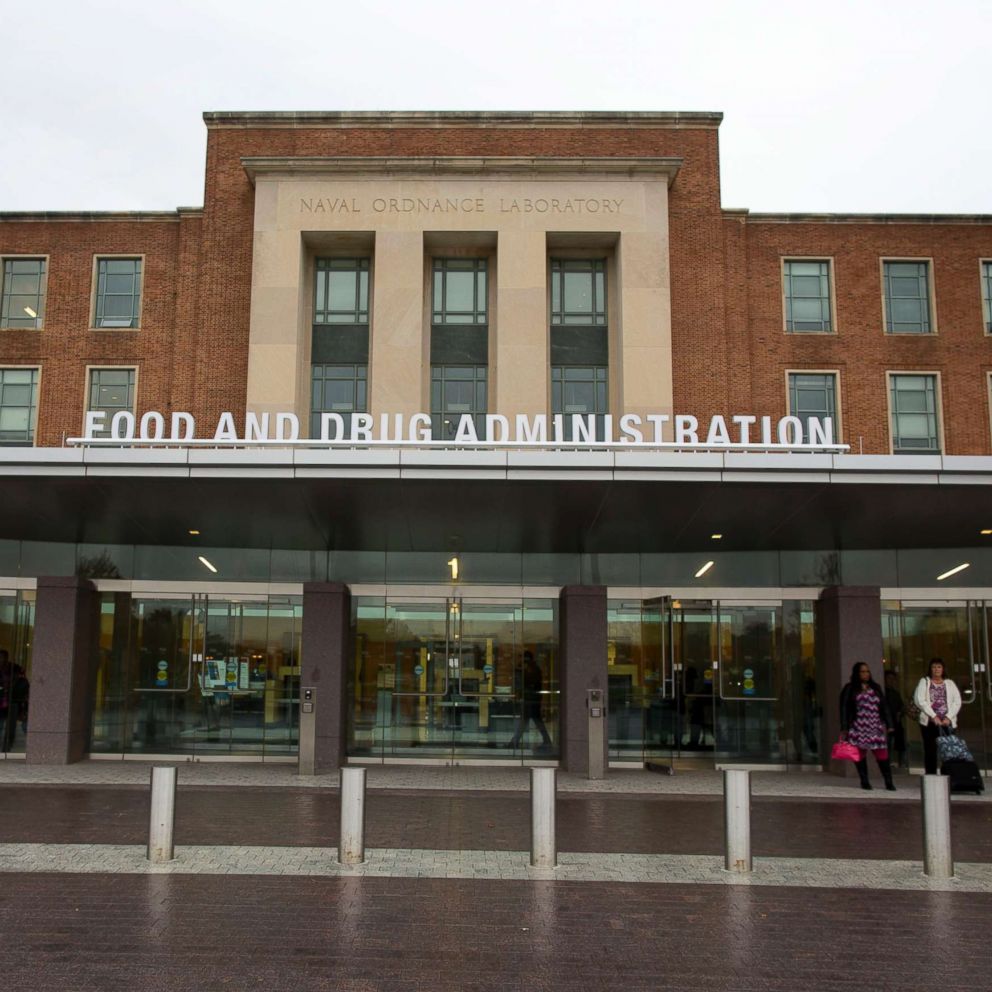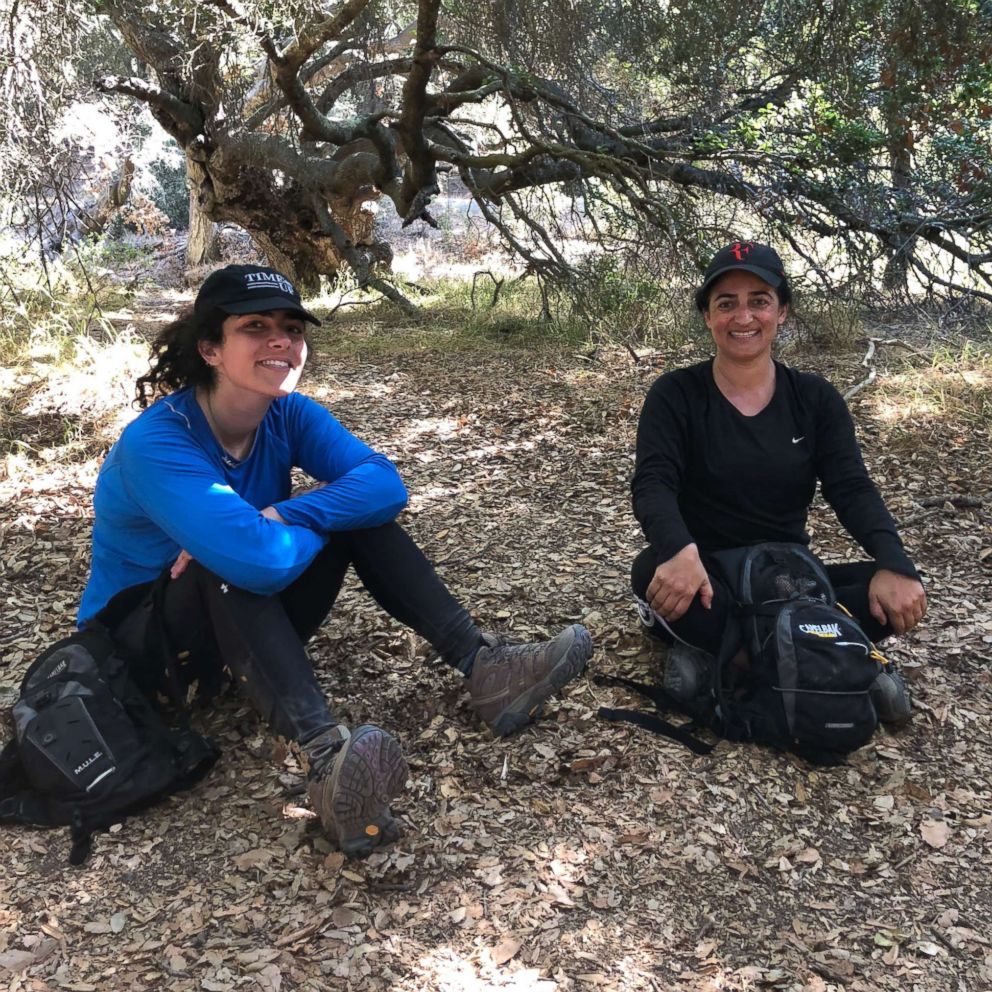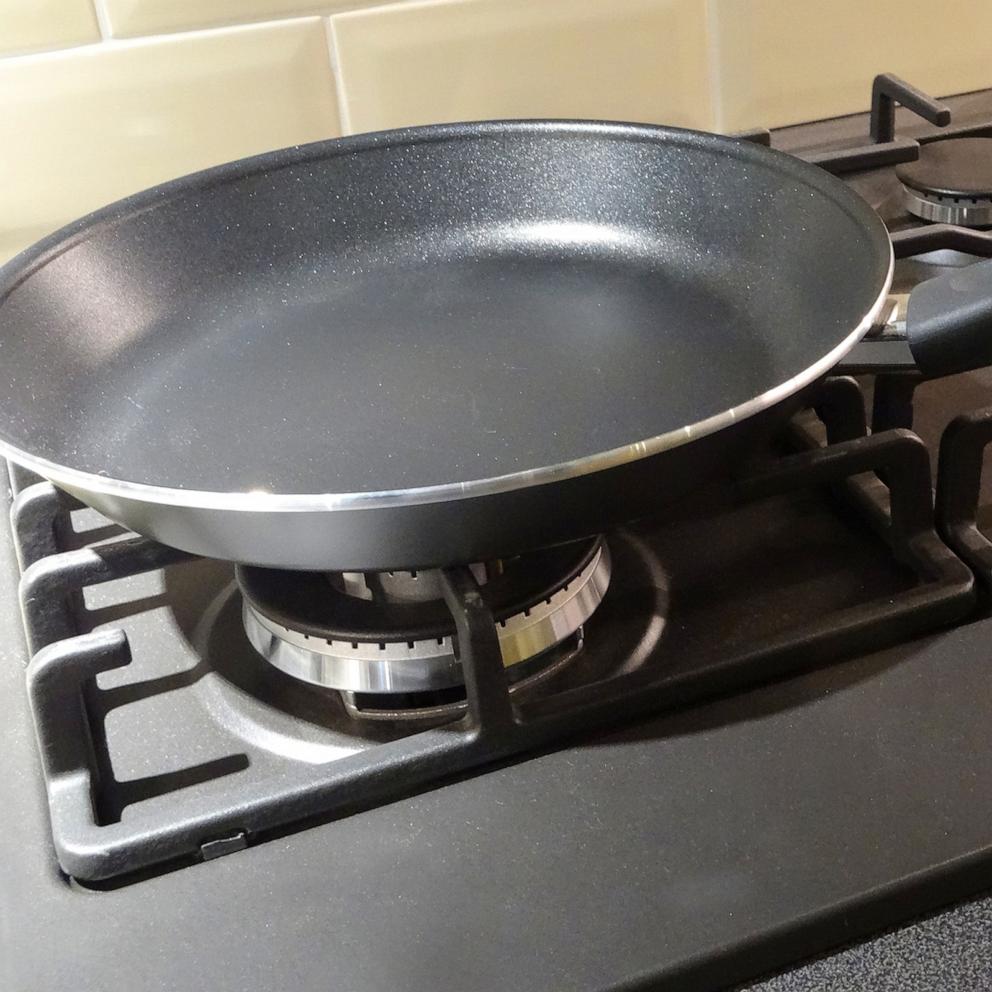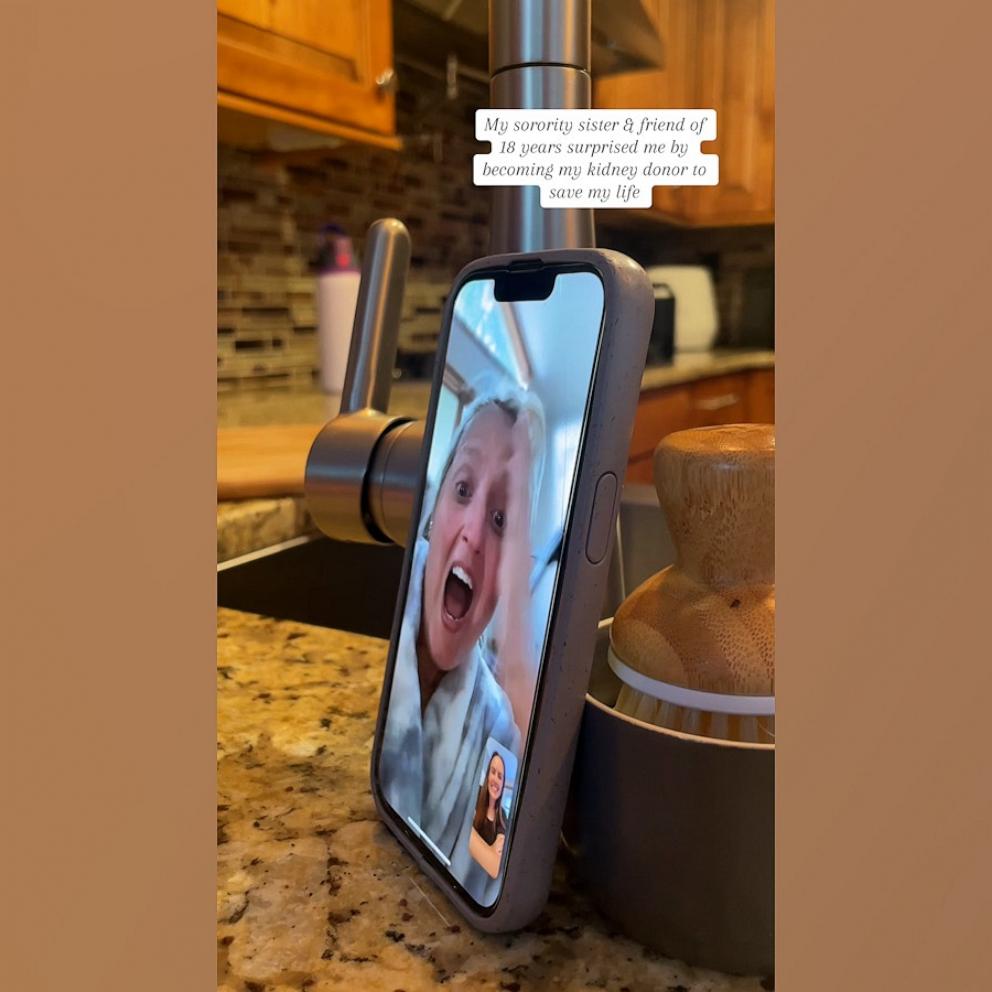Kate Beckinsale hospitalized for ruptured ovarian cyst: What women should know
Actress Kate Beckinsale’s hospitalization over the weekend is shedding light on an important topic in women’s health, ovarian cysts.
Beckinsale, 45, posted photos on Instagram from a hospital bed after suffering a ruptured ovarian cyst.
“Turns out a ruptured ovarian cyst really hurts and morphine makes me cry,” she wrote. “So thankful to everyone who looked after me.”
Ovarian cysts affect millions of women each year. A ruptured ovarian cyst -- when a fluid-filled sac forms inside an ovary and breaks -- causes severe pain and can sometime lead to surgery, experts say.
ABC News' Chief Medical Correspondent Dr. Jennifer Ashton appeared on "Good Morning America" to discuss what women need to know.
What are ovarian cysts?
An ovarian cyst is a fluid-filled sac that forms on or in the ovaries.
Cysts happen every single month in the ovulation process, according to Ashton. Most of the cysts are what gynecologists call "functional cysts."
"Releasing an egg is basically a small cyst that then ruptures," said Ashton, who is also a practicing OB-GYN.
(MORE: Promising new drug for aggressive stage IV breast cancer encounters setback)
Most ovarian cysts are about the size of a walnut. They can grow to the size of a grape or even a grapefruit, noted Ashton.
"When you talk about a cyst basically lemon-size or greater, that can cause serious risks of pain, rupture, and that can lead people to the emergency room," she said.
Who gets ovarian cysts?
Ovarian cysts are most common in women who get their periods regularly.
After menopause, women are less likely to get functional cysts. Any cysts that develop after menopause should be evaluated by a doctor, as they are more likely to be cancerous, according to the U.S. Office on Women's Health.
What are the causes?
Ovarian cysts can be caused by hormonal problems, endometriosis, pregnancy and severe pelvic infections, according to the Office on Women's Health.
What are the symptoms?
If an ovarian cyst does cause symptoms, they may include bloating, pressure or pain near where the cyst is located.
Symptoms for a ruptured ovarian cyst may include dizziness, nausea, vomiting and intense pelvic or abdominal pain on the side of the body where the cyst is located.
Do ovarian cysts affect fertility?
Most ovarian cysts do not affect fertility, but an underlying illness causing the cyst may make it more difficult to get pregnant, notes the Office on Women's Health.
For example, endometriosis and polycystic ovary syndrome (PCOS) are two conditions that both affect fertility and cause ovarian cysts.
What is the treatment?
The majority of ovarian cysts resolve on their own and most are benign, according to Ashton.
If a cyst is small, the doctor will implement what Ashton calls "watchful waiting" to see if the cyst resolves itself on its own.
Treatment for a larger ovarian cyst typically begins with a sonogram or ultrasound so the doctor can look for features that would indicate the cyst is benign. If there is not suspicion, the doctor will likely have the patient come back in four to six weeks for another checkup, according to Ashton.
(MORE: ‘Invisible labor’ taking a toll on mothers’ well-being: What you need to know)
If there is a suspicion of cancer, a doctor will likely order an MRI and/or blood work.
Problematic cysts can be removed through surgery. The National Institutes of Health (NIH) estimates that 5 to 10 percent of women have surgery to remove an ovarian cyst.
Women with frequent or painful cysts may be advised by their doctor to take over-the-counter pain medication or hormonal birth control, according to the Office on Women's Health.







